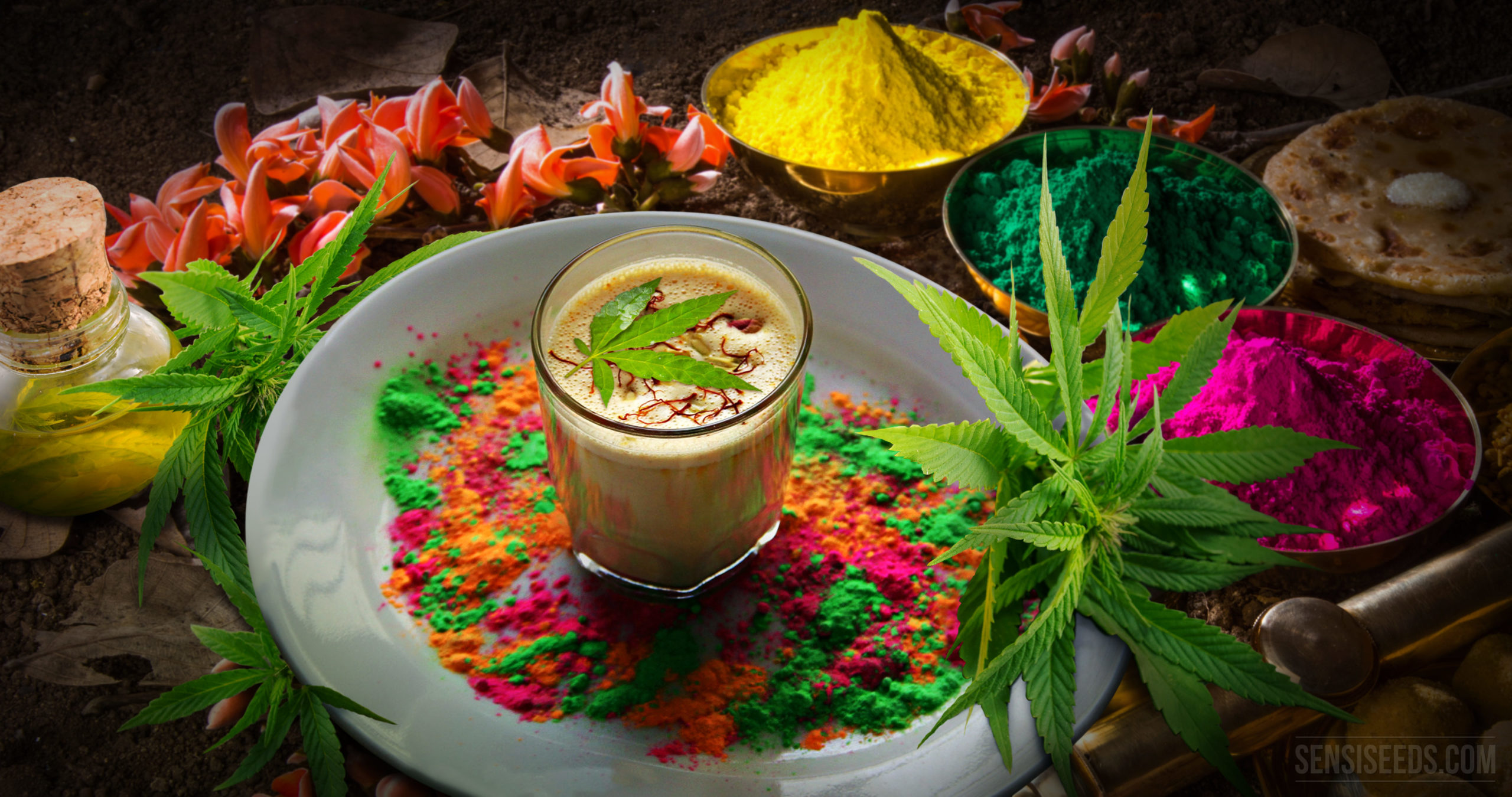Unveiling the Rich History of Cannabis in China
UNVEILING THE RICH HISTORY OF CANNABIS IN CHINA
Introduction
Dive into the captivating world of cannabis as we embark on a historical journey through China’s profound relationship with this remarkable plant. In this extensively researched blog post, we explore the multifaceted history of cannabis in China. From ancient origins to its resurgence in modern medicine, we uncover its cultural significance, medicinal applications, and the evolving landscape surrounding its use.
Ancient Origins: A Legacy Rooted in Tradition
Cannabis cultivation in China dates back thousands of years, with archeological evidence suggesting its use as early as the Neolithic period. The plant, known as “da ma” (大妈) or “má” (嘛) played a central role in Chinese society. It was cultivated for its versatile fibres, which were transformed into textiles, ropes, and paper, supporting the development of ancient Chinese civilisation.
Historical Medicinal Practices: Honouring the Wisdom of Traditional Chinese Medicine (TCM)
Cannabis holds a revered place in Traditional Chinese Medicine (TCM), a holistic healing system that has been practiced for centuries. Ancient Chinese medical texts, such as the “Shennong Ben Cao Jing” from around 100 AD, document the therapeutic properties of cannabis. It was utilised to address a range of ailments, including pain, inflammation, malaria, and gynaecological disorders, showcasing the extensive knowledge of herbal medicine in ancient China.
Taoist Philosophy: Cannabis as a Path to Spiritual Enlightenment
Taoism, a profound philosophical and religious tradition, embraced the spiritual aspects of cannabis. Within the teachings of Taoist philosophy, cannabis was believed to enhance meditation, perception, and communication with the divine. Notably, the “Baopuzi” (抱朴子) a text authored by Ge Hong during the Jin dynasty, details the ritualistic use of cannabis for transcendent experiences and spiritual enlightenment.
Literature and Art: Cannabis in China as an Inspiration for Creativity
Throughout Chinese history, cannabis found its way into literature and art, serving as a muse for creativity. Esteemed poets, such as Li Bai from the Tang dynasty, celebrated the plant’s intoxicating effects in their works, elevating cannabis as a symbol of transcendence and poetic inspiration. The profound influence of cannabis on Chinese literature is a testament to its cultural significance and enduring allure.
Prohibition and Recent Developments: Navigating Changing Tides
In the 20th century, China implemented strict drug control policies, leading to the prohibition of cannabis. However, recent years have witnessed a renewed focus on cannabis, specifically its medicinal potential. The Chinese government has initiated research and development projects exploring cannabis-based pharmaceuticals, with a particular emphasis on cannabidiol (CBD), a non-psychoactive compound of the plant.
Conclusion:
Delving into the rich history of cannabis in China unveils its enduring significance in various aspects of Chinese culture. From its ancient origins as a versatile resource to its integral role in traditional medicine and spiritual practices, cannabis has left an indelible mark on Chinese society. As medical cannabis patients in the UK, exploring the historical context and cultural significance of cannabis in China can deepen our understanding of this remarkable plant’s potential benefits.
Sources:
3. “Cannabis in Chinese Medicine” – The Botanical Source
4. “The History of Cannabis in China: An Ancient Plant with Many Uses” – The Third Wave
Disclaimer: This blog post is for informational purposes only and should not be considered medical advice. Consult with healthcare professionals before using cannabis for medicinal purposes, and adhere to the regulations and guidelines set by the relevant authorities.
More Educational Posts…
- The Cannabis Plant: Nature’s Gift Unveiled
- Dosing Guidance for Dry Herb Vaporising
- A Comprehensive Guide to the Endocannabinoid System, Cannabinoids, Terpenes, Flavonoids, and More
- Hexahydrocannabinol (HHC): Exploring the Potential Medical Applications of this Novel Compound
- Terpenes: Unveiling Nature’s Aromatic Healers in Cannabis
Unveiling the Rich History of Cannabis in China Read More »








